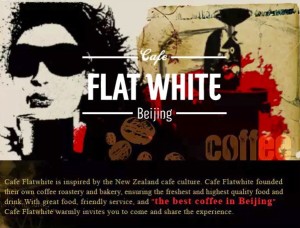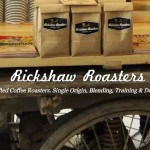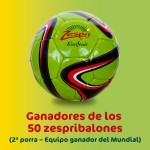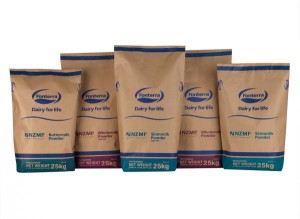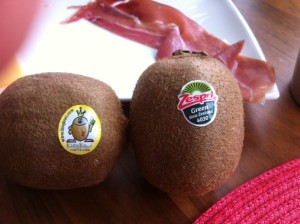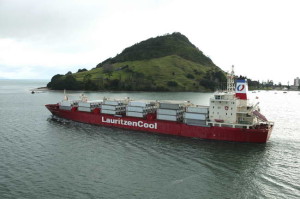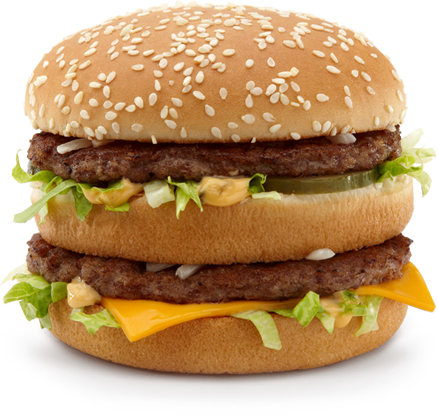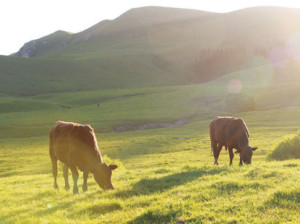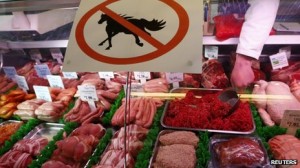Phd Thesis abstract – link to complete document https://hdl.handle.net/10182/8851
Supplier relationships and performance have become increasingly important in agri-food supply chains. This research aimed to investigate buyer-supplier relationships in the New Zealand red meat industry. Specifically, this meant examining how relationship quality, as well as supplier characteristics and relationship attributes affect supplier performance.
The analysis improved the conceptualisation of relationship quality by bringing together constructs from the relationship marketing and social capital literature. This established that relationship quality and social capital were closely related constructs.

By combining social capital and relationship quality this created a broader measure of the overall strength of the relationship. The findings show that improving supplier performance requires taking into account both supplier characteristics and relationship attributes. Furthermore, relationship quality played a significant mediating role between all the relationship factors and supplier performance.
The implications of this research are that there are specific ways buyers can improve supplier performance. This involves identifying and selecting suppliers who have superior ability, motivation and customer focus. They also need to avoid selecting suppliers with high levels of self-direction. Improving supplier performance also involves influencing relationship attributes and improving the quality of relationships with suppliers. In particular, processors need to ensure that suppliers experience positive value from the supply relationship. Furthermore, they need to manage the interaction between specific assets, dependence and use of coercive power.
